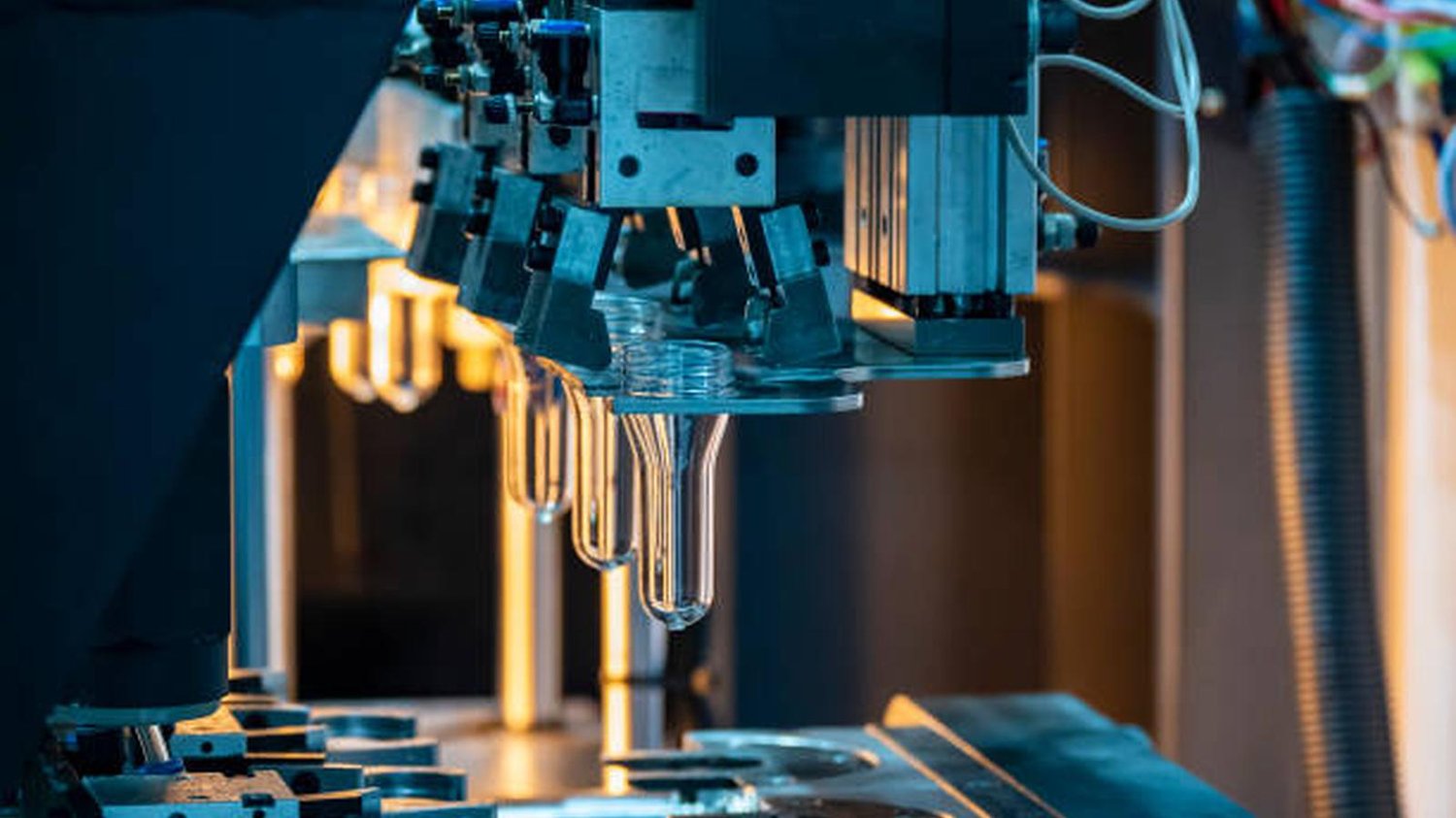Introduction
Injection molding plastic is a technique used to manufacture a wide range of plastic products, from small toys to car parts. This process involves melting the plastic material and injecting it into a mold, which then solidifies and takes the shape of the mold. Injection molding has revolutionized the manufacturing world, making it possible to produce large quantities of high-quality products at a lower cost. In this article, we will explore the benefits and applications of injection molding plastic.
Benefits of Injection Molding Plastic
There are several benefits to using injection molding plastic. Firstly, it allows for the creation of complex shapes with high precision. The mold can be designed to include intricate details, which would be difficult to achieve with other manufacturing techniques. Secondly, injection molding can produce large quantities of products at a faster rate than other methods. This makes it ideal for mass production and reduces the cost per unit. Thirdly, the process is highly customizable, allowing for variations in color, texture, and material properties. Finally, injection molding is a highly efficient process, with minimal waste and energy consumption.
Applications of Injection Molding Plastic
Injection molding plastic is used in a wide range of industries, from automotive to medical. One of the most common applications is in the production of consumer goods, such as toys, household appliances, and electronics. Injection molding is also widely used in the automotive industry, for the production of parts such as dashboards, bumpers, and door handles. In the medical industry, injection molding plastic is used to produce medical devices and equipment, such as syringes, catheters, and surgical instruments. The process is also used in the production of packaging materials, such as bottles, containers, and lids.
Challenges of Injection Molding Plastic
While injection molding plastic has many benefits, there are also some challenges to consider. One of the biggest challenges is the initial cost of setting up the equipment and molds. This can be expensive, especially for small businesses or startups. Another challenge is the need for high-quality molds, which can affect the quality of the final product. In addition, the process requires a high level of expertise and precision, which can be difficult to achieve without proper training and experience.
Conclusion
Injection molding plastic has revolutionized the manufacturing industry, allowing for the production of high-quality products at a lower cost. The process is highly customizable, efficient, and versatile, making it ideal for a wide range of applications. While there are some challenges to consider, the benefits of injection molding plastic far outweigh the drawbacks. As technology continues to advance, we can expect to see even more innovative uses for this technique in the future.

